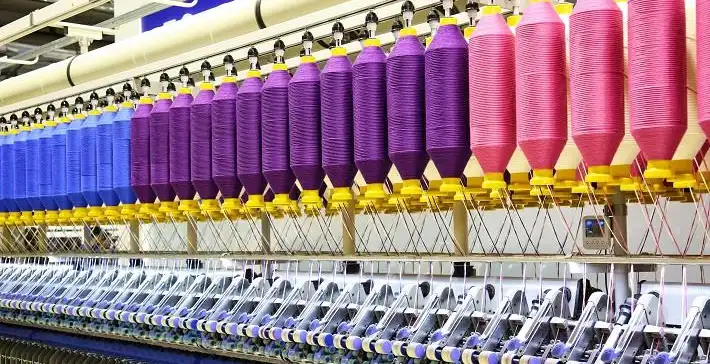
The Textile industry has a rich history that dates back thousands of years, evolving from handcrafted textiles to the highly mechanized production processes of today. It played a pivotal role in the Industrial Revolution, marking the beginning of mass production and significant technological advancements.
- Fiber Production: This includes the cultivation of natural fibers such as cotton, wool, silk, and linen, as well as the production of synthetic fibers like polyester, nylon, and acrylic.
- Spinning: Fibers are spun into yarns, which can be done through various methods including ring spinning, open-end spinning, and air-jet spinning.
- Weaving and Knitting: Yarns are interlaced to form fabrics, either by weaving, which interlaces warp and weft yarns, or knitting, which interloops yarns.
- Dyeing and Finishing: Fabrics undergo dyeing and finishing processes to add color and enhance properties such as softness, durability, and water resistance.
